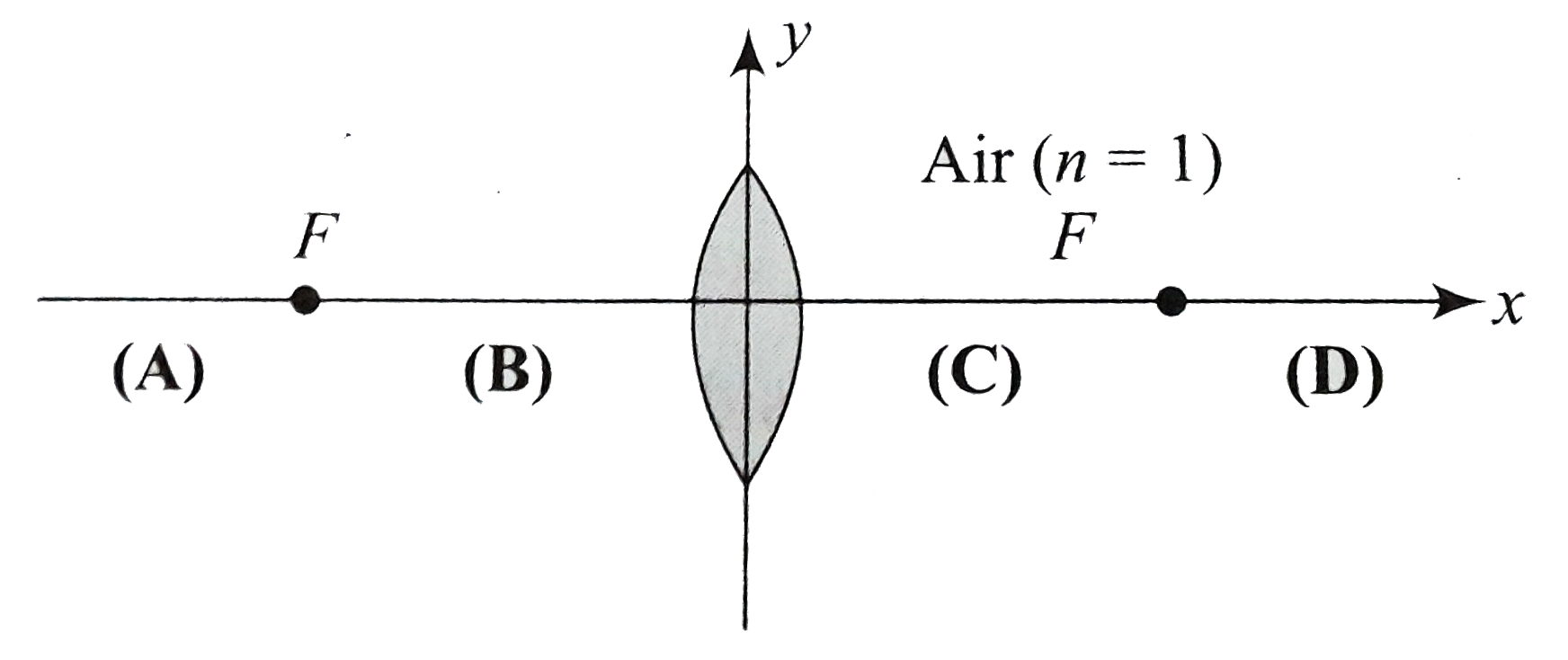With reference to 1stIP which are correct.
(a) Li<C (b) O<N (c ) Be<N<Ne
a,b only
b,c only
a,c only
a,b&c
The correct Answer is:D
To determine the correctness of the given statements regarding the first ionization potential (IP), we will analyze each option step by step.
Step 1: Analyze Option (a) Li<C
- Lithium (Li) is in Group 1 (alkali metals) and has a relatively low ionization energy due to its larger atomic size and lower effective nuclear charge.
- Carbon (C) is in Group 14 and has a higher ionization energy because it has a smaller atomic size and a higher effective nuclear charge compared to lithium.
- Therefore, the order Li<C is correct.
Step 2: Analyze Option (b) O<N
- Oxygen (O) is in Group 16 and Nitrogen (N) is in Group 15.
- Normally, we would expect ionization energy to increase across a period. However, nitrogen has a half-filled p-orbital configuration (2p^3), which is more stable and requires more energy to remove an electron compared to oxygen (which has a configuration of 2p^4).
- Thus, the order O<N is incorrect; in fact, it should be N<O.
Step 3: Analyze Option (c) Be<N<Ne
- Beryllium (Be) is in Group 2, Nitrogen (N) is in Group 15, and Neon (Ne) is in Group 18.
- Beryllium has a higher ionization energy than lithium, but lower than nitrogen. Nitrogen has a high ionization energy due to its half-filled configuration, and Neon has the highest ionization energy because it has a fully filled outer shell.
- The order Be<N<Ne is correct.
Conclusion
- From the analysis:
- Option (a) Li<C is correct.
- Option (b) O<N is incorrect.
- Option (c) Be<N<Ne is correct.
Thus, the correct answers are (a) and (c).
Final Answer:
The correct orders are (a) Li<C and (c) Be<N<Ne.
---
- Lithium (Li) is in Group 1 (alkali metals) and has a relatively low ionization energy due to its larger atomic size and lower effective nuclear charge.
- Carbon (C) is in Group 14 and has a higher ionization energy because it has a smaller atomic size and a higher effective nuclear charge compared to lithium.
- Therefore, the order Li<C is correct.
- Oxygen (O) is in Group 16 and Nitrogen (N) is in Group 15.
- Normally, we would expect ionization energy to increase across a period. However, nitrogen has a half-filled p-orbital configuration (2p^3), which is more stable and requires more energy to remove an electron compared to oxygen (which has a configuration of 2p^4).
- Thus, the order O<N is incorrect; in fact, it should be N<O.
- Beryllium (Be) is in Group 2, Nitrogen (N) is in Group 15, and Neon (Ne) is in Group 18.
- Beryllium has a higher ionization energy than lithium, but lower than nitrogen. Nitrogen has a high ionization energy due to its half-filled configuration, and Neon has the highest ionization energy because it has a fully filled outer shell.
- The order Be<N<Ne is correct.
- From the analysis:
- Option (a) Li<C is correct.
- Option (b) O<N is incorrect.
- Option (c) Be<N<Ne is correct.
Thus, the correct answers are (a) and (c).
The correct orders are (a) Li<C and (c) Be<N<Ne.
Topper's Solved these Questions
- PERIODIC TABLE & PERIODICITYBook:RESONANCE ENGLISHChapter:PERIODIC TABLE & PERIODICITYExercise:Exercise-3
Explore 1 Video
- P-BLOCK ELEMENTS (HALOGEN & NOBLE GASES)Book:RESONANCE ENGLISHChapter:P-BLOCK ELEMENTS (HALOGEN & NOBLE GASES)Exercise:APSP PART-3
Explore 22 Videos
- QUALITATIVE ANALYSISBook:RESONANCE ENGLISHChapter:QUALITATIVE ANALYSISExercise:INORGANIC CHMISTRY(Qualitative analysis)
Explore 35 Videos
Similar Questions
Knowledge Check
Which of the following arrangements represent the correct order of the property stated against it ?
(i) Ni2+<Co2+<Fe2+<Mn2+ : ionic size
(ii) Co3+<Fe3+<Cr3+<Sc3+ : stability in aqueious solution
(iii) Sc<Ti<Cr<Mn : number of oxidation states
(iv) V2+<Cr2+<Mn2+<Fe2+ : paramagnetic behaviourA1. Sc < Ti < Cr < Mn : number of oxidation statesB2. V2+<Cr2+<Mn2+<Fe2+ : paramagnetic behaviourC3. Ni2+<Co2+<Fe2+<Mn2+ : ionic sizeD4. Co3+<Fe3+<Cr3+<Sc3+ : stability in aqueous solution.
Which of the following is(are) correct for H atom ?
1s<2s<2p<3s<3p
1s<2s=2p<3s=3p
1s<2p<3d<4s
1s<2s<4s<3d
The correct choice is
View Solution2n<n! holds true for
View SolutionLet f:[0,1]→R (the set of all real numbers) be a function. Suppose the function f is twice differentiable, f(0)=f(1)=0 and satisfies f''(x)−2f'(x)+f(x)≥ex,x∈[0,1] Which of the following is true for 0<x<1 ? (A) 0<f(x)<∞ (B) −12<f(x)<12 (C) −14<f(x)<1 (D) −∞<f(x)<0
View SolutionWhich is the following is always true ?
(a) If a<b, then a2<b2
(b ) If a<bthen 1a>1b
( c) If a<b, then |a|<|b|
View SolutionIf x=∞∑n−0an,y=∞∑n=0bn,z=∞∑n=0Cn where a,b,c are in A.P. and |a|<1,|b|<1,|c|<1, then x,y,z are in
View SolutionThis question concerna a symmetrical lens shown, along with its two focal points. It is made of plastice with n=1.2 and has focal length f. Four different regions are shown:
Here,
A. −∞x<−f B. −f<x<0
C. 0<x<f D. f<x<∞

Q. If incident rays are converging, then in which region does the image appear?
View SolutionThe ease of adsorption of the hydrated alkali metal ions on ion-exchange resins follows the order:
(a)K+<Na+<Rb+<Li+
(b)Na+<Li+<K+<Rb+
(c)Li+<K+<Na+<Rb+
(d)Rb+<K+<Na+<Li+
View Solution